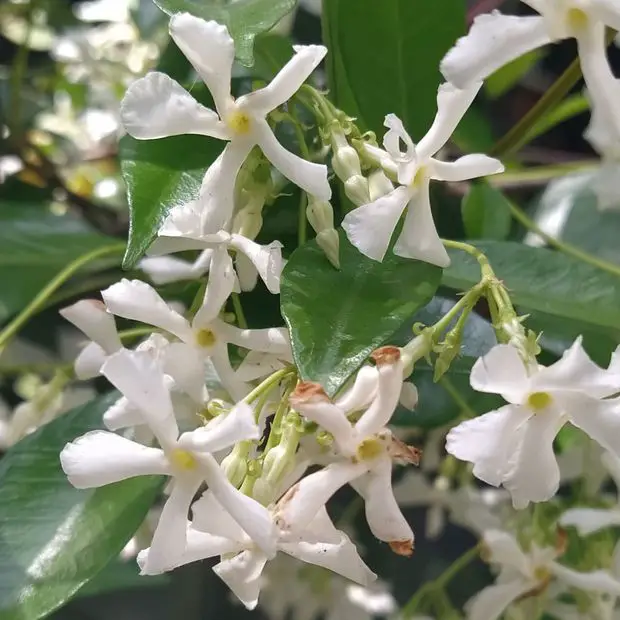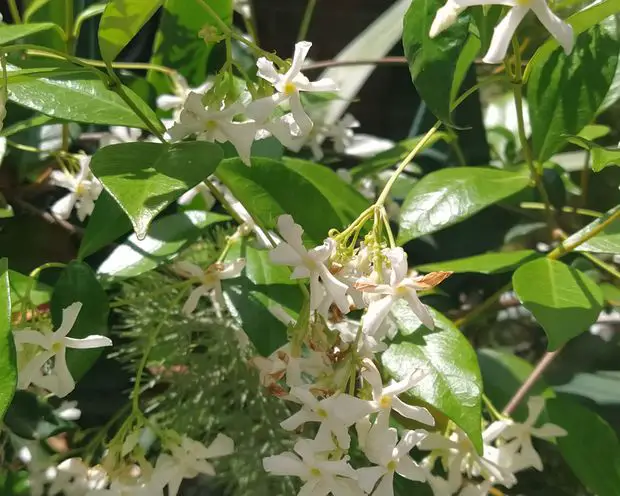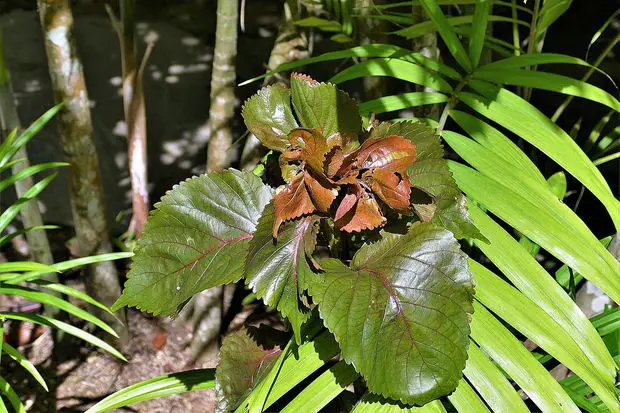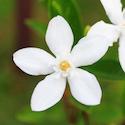The 7 most common reasons for brown buds and leaves
1. Sunlight
jasmine plants, as a general rule, love growing under direct sunlight for approximately 6 hours and then under partial shade for the rest of the day. If the jasmine plant receives too much shade though, it most likely won’t bloom its flower buds. This light obstruction will eventually over time promote the buds to turn brown and get discolored. If in your location, the day/weather conditions are difficult, making it hard to expose your jasmine plant to six hours of direct sunlight, you could assist your plant by installing some incandescent lamps around the plant to support the light intake.

2. Moisture
Generally speaking, jasmine plants, love growing and developing in well drained soil, but under moist and humid conditions. If jasmine plants get over watered and the soil won’t drain properly, the roots will rot without actually absorbing enough of that water to hydrate the entire plant. This also prevents the oxygen from circulating to the roots. This, will promote the buds to turn brown and the buds to fall off the plant. Jasmine plants love having the soil uniformly moist for optimal growth and flower development.
You could ensure that the soil moisture is appropriate by sticking your finger in the soil, around 1 to 2 inches (2 to 5 cm) deep and if it feels moist, don’t water it anymore. If it feels dry, then water the plant until the water flows over the pot or over the bedding, if you have an outdoors plant. My tip here would be, to get a moisture meter to avoid all confusion and prevent those beautiful creamy, white flowers to turn brown. Usually these meters have a read out scale between 1-10, so if you check for the moisture around your jasmine plant and the meter reading is around 4-5, don’t water it more. There is enough moisture for at least another day or a couple of days.
If your flowers or buds keep turning brown, consider reducing the watering even more and perhaps only mist the plant with a water spray bottle. However, this could be a problem on its own, because if you over mist the leaves and flowers they can get too wet and moist, causing some nasty fungi to start rapidly growing and that will definitely contribute to the flowers and leaves turning brown.
Conversely, if your plant gets under watered, the environment around the plant will be too dry. The plant will be getting only some water at the surface but the water won’t be reaching the deep ends of the roots (here, it would be particularly important that you ensure that your plant is well cleared, eliminating any excess weeds around the roots, that could compete away some of that water and nutrients). Also, make sure that the soil for the jasmine plant is not heavy in clay. That could also prevent our plant from absorbing the water in the deep roots.
The next thing here to be considered, when it comes to ensuring we are not under watering our jasmine plant, is that the gap period in between waterings is not that extended, in a way that our jasmine plant could lose too much of the moisture. Because drought stress is very detrimental to keep our waxy white jasmine flowers in full bloom. Both events, under and over watering, will definitely lead to your jasmine plant to turn their flower buds brown and shrivel up.

3. Nutrient deficiency
A lack or a deficiency of an essential nutrient element in our jasmine plant will promote the leaves and flowers to slowly turn brown. Deficiency of micro nutrients in jasmine plants can include zinc, iron, copper, manganese, boron, chlorine, nickel, calcium and sulfur. The symptoms will start showing up first in the younger leaves and early flower buds of our jasmine plants. They manifest as a pale brown tone. However, if the deficiency comes from the macro nutrients, such as nitrogen, phosphorus, potassium or magnesium, it will manifest first in older leaves and developed flower petals. Therefore, it would be really important to fertilize the plant around the spring time every year to ensure our jasmine plant keeps growing with all the proper nutrition for blooming its gorgeous and waxy flowers.
4. Too much fertilization
An excess of any nutrient can be very toxic to plants, in other words, if our jasmine plant is getting over-fertilized with an excess of nitrogen or aluminum sulfate in the soil, for example, we can observe salt burn symptoms. Salt burn symptoms mainly involve marginal and edge browning of the leaves and slowly will take over the rest of the plant and buds. Optimal fertilization and immediate watering is key for the rehabilitation process.
5. Transplanting
Transplanting and moving your jasmine plant can be a stressful process that could promote your jasmine flowers to become brown, as your plant will need sometime to adapt to the new location conditions. We can mitigate this by ensuring the plant gets enough water and sunlight right after the transplantation.
6. Infection
Another reason why your jasmine plant flowers and leaves can be turning brown is due to an insect infection, such as spider mites, who will anchor themselves underneath the leaves and buds. These mites will protrude the surface of the leaf to obtain the nourishment and eventually suck on the chlorophyll that the leaves need to remain green. As a result, the leaf surface will start developing white to pale brown patches. Using a physical cleanse process of the plant to get rid of these mites or spray medications containing carbaryl is the way to move forward to clear the infestation and to avoid it to progress too far and ruin all the flowers turning them into an awful brown tone.
7. Temperature
Make sure you are planting in the correct temperature. As we know, jasmine plants love the warm and humid tropical temperature to thrive, however, it is crucial that when we plant, the soil temperature is not overheated from, for instance, too much direct sun. It is far better to use slightly cooled soil instead.

There you go! Try to keep an eye on these points and tips and you will be successful in keeping your jasmine flowers beautifully white and far away from looking brown and sad.
